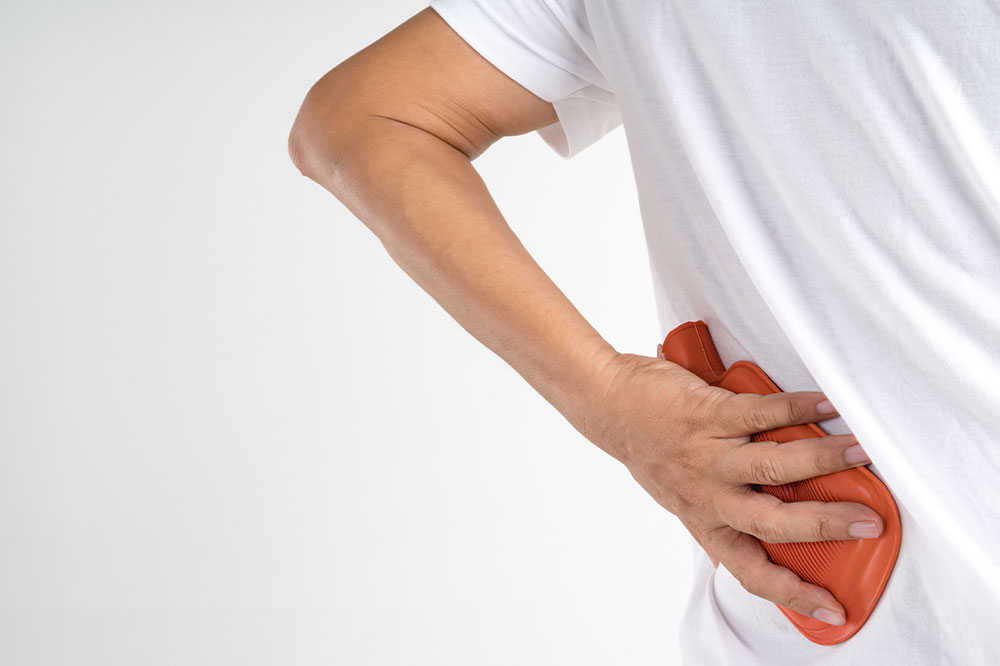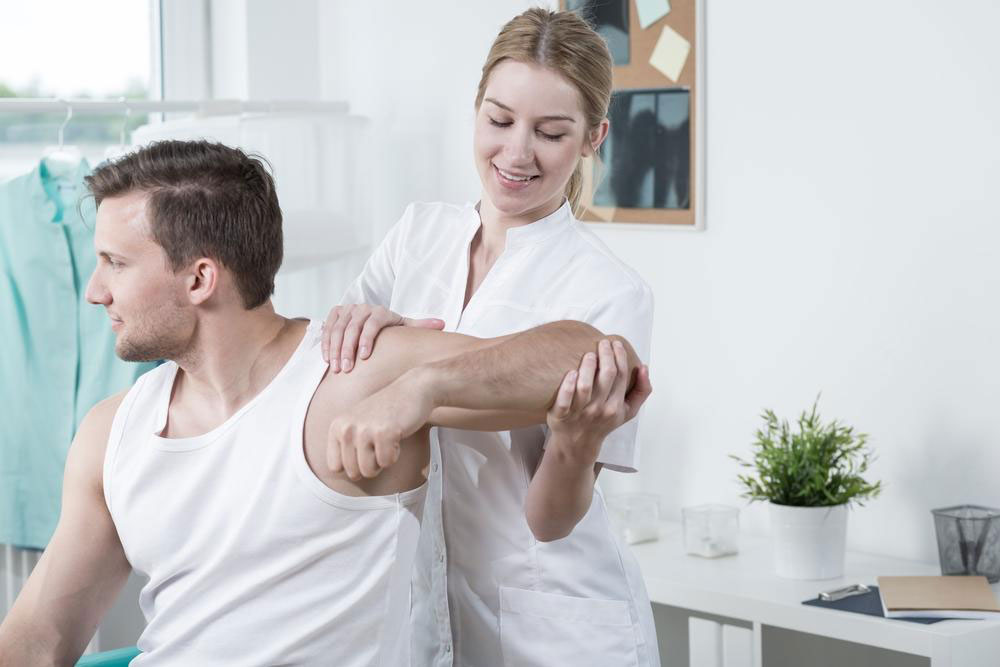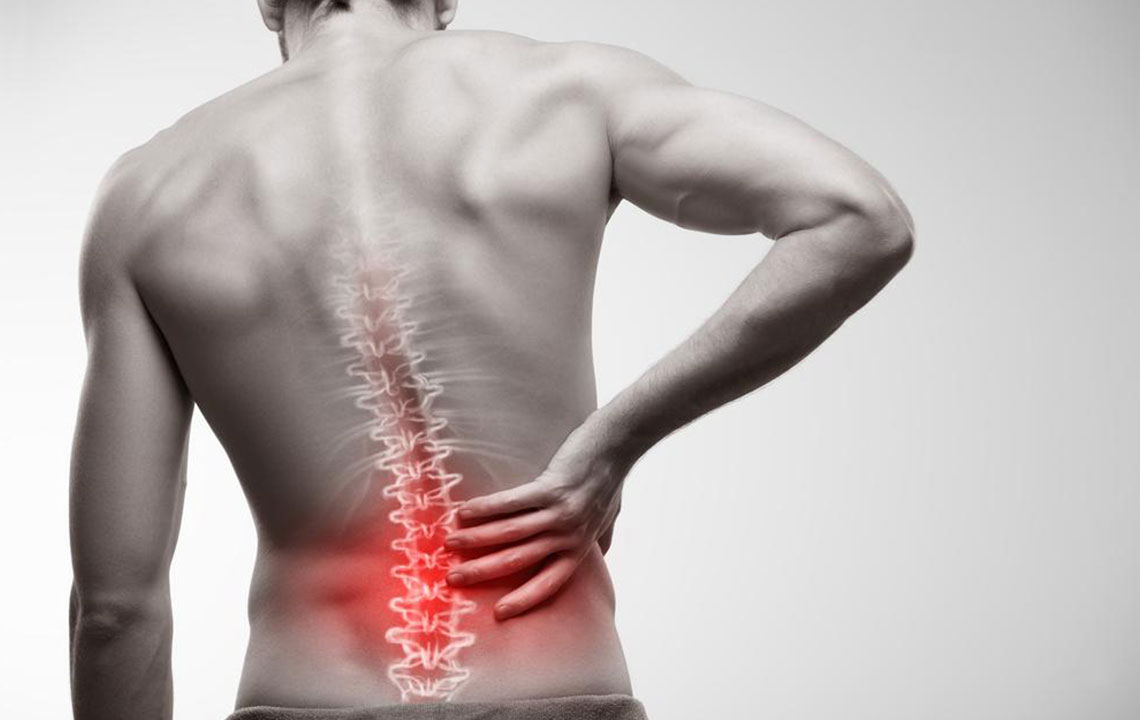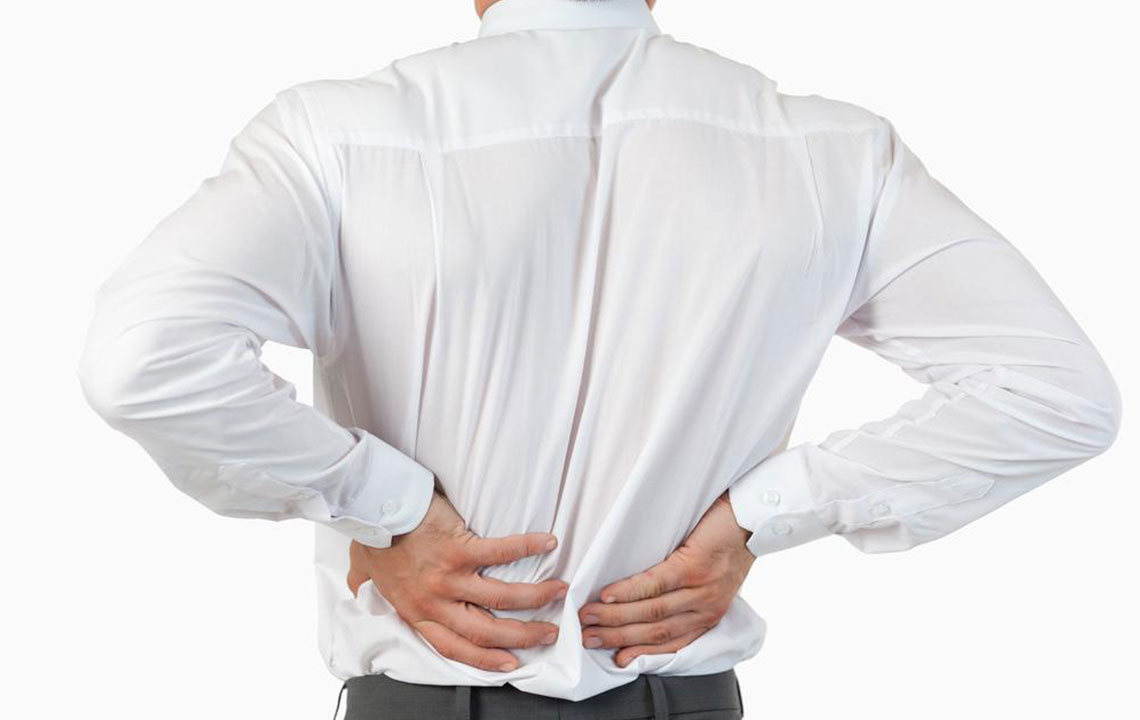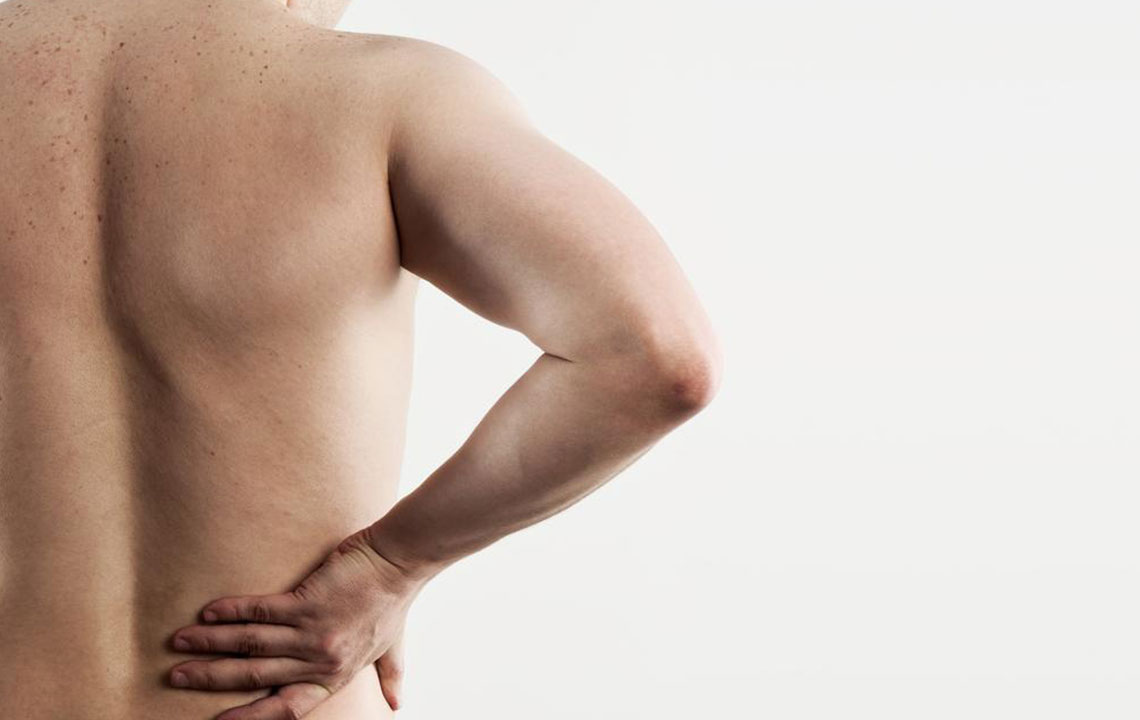Comprehensive Natural and Medical Strategies for Managing Paralysis
This comprehensive guide explores natural and medical strategies for managing paralysis. Combining dietary tips, physical therapies, mental techniques, and alternative treatments, it offers a holistic approach to improving recovery and quality of life. Suitable for patients and caregivers, this article emphasizes personalized rehabilitation plans to address the diverse causes and types of paralysis effectively.
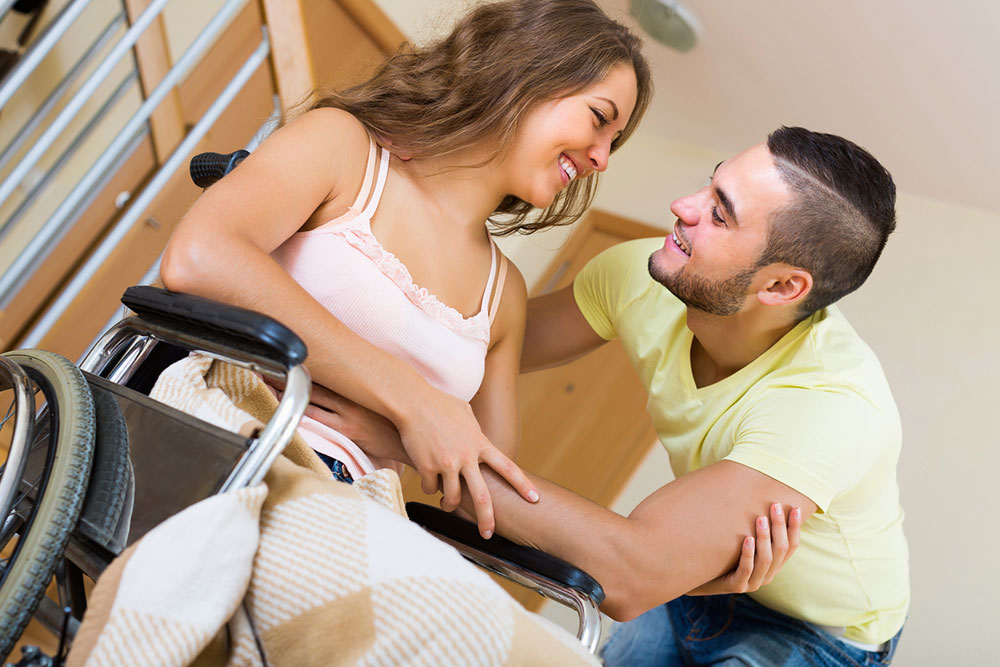
Holistic Approaches and Medical Treatments for Paralysis Recovery
Paralysis, characterized by the loss of voluntary muscle movement, is a complex condition caused by disruptions in nerve signals within the nervous system. This impairment can significantly impact an individual's mobility and quality of life. Common etiologies include strokes, traumatic spinal cord injuries, neurological diseases such as multiple sclerosis, and conditions like Bell's palsy which causes temporary facial paralysis. Effectively managing paralysis requires a multifaceted approach that combines medical interventions with natural, home-based strategies tailored to the severity and type of paralysis.
Understanding Symptoms and Early Signs
Persistent muscle stiffness, involuntary spasms, and spasticity that limit movement
Contracture development due to shortened or hardened soft tissues, restricting joint mobility
Foot drop, leading to difficulty walking and imbalance during gait
Swallowing challenges that affect nutrition and safety
Speech impairments, including slurred speech, aphasia, or difficulties forming words
Home-Based Remedies and Lifestyle Modifications
In cases where paralysis results from acute events like strokes or spinal injuries, immediate medical treatment is vital. Following initial treatment, supportive home-based methods play a crucial role in recovery and symptom management. These include nutritional strategies, physical activity adaptations, and alternative therapies designed to stimulate neural pathways and promote functional improvements.
Living with paralysis requires a sustained commitment to rehabilitation and symptom management. Some conditions, like Bell’s palsy, are transient and may resolve with appropriate treatment, while others necessitate long-term support. To enhance recovery prospects, integrating dietary modifications, physical therapies, and complementary treatments can make significant differences in outcomes.
Enhancing Brain and Neural Function through Nutrition
Consuming foods rich in omega-3 fatty acids—such as fatty fish like salmon and mackerel, along with nuts, seeds, and healthy oils like olive and avocado—supports neural repair and reduces inflammation. Adequate protein intake from eggs, poultry, and dairy also plays a vital role in maintaining muscle mass and promoting neural regeneration. Vitamins and minerals like B-complex vitamins, vitamin D, and magnesium are essential for nerve health and should be included in a balanced diet.
Passive Movement and Physical Therapy Exercises
Passive exercises involve caregivers or therapists gently moving the affected limbs to stimulate neural activity and promote neuroplasticity, especially in early stages of hemiplegia. These movements help prevent muscle atrophy, reduce stiffness, and prepare the muscles for active engagement. As responsiveness improves, patients are encouraged to perform active exercises, strengthening muscles, enhancing coordination, and regaining motor control.
Cognitive and Mental Strategies to Promote Recovery
Mental rehearsal techniques such as visualization and motor imagery activate brain regions associated with movement. By mentally simulating motions, patients can reinforce neural pathways and facilitate physical recovery. This cognitive approach complements traditional therapies and enhances neuroplasticity, often expediting progress in motor function restoration.
Complementary and Alternative Treatments for Paralysis
Acupuncture
Targeted acupuncture sessions stimulate specific acupoints to alleviate pain, reduce muscle spasticity, and improve swallowing function. This traditional Chinese medicine technique may also promote brain plasticity and facilitate neural recovery in paralysis cases.
Massage Therapy
Therapeutic massage, including methods such as Tui Na, helps relax tense muscles, improve circulation, and enhance motor function. When integrated with physical therapy, massage serves as an effective complementary treatment that accelerates healing and improves mobility.
Gentle Movement Arts like Tai Chi
Practicing Tai Chi involves slow, deliberate movements that improve balance, flexibility, and strength. This mindful exercise also promotes mental clarity and emotional stability, which are crucial elements in holistic paralysis management.
Yoga
Yoga postures and breathing exercises enhance flexibility, coordination, and emotional resilience. Its gentle stretches and mindfulness components can support neuroplasticity and overall well-being during recovery.
Mirror Therapy
This innovative technique uses mirrors to create visual feedback of a healthy limb, tricking the brain into reactivating neural circuits involved in movement. Mirror therapy has shown promising results in restoring function in cases of hand paralysis and stroke recovery.
In summary, managing paralysis requires an integrated approach that combines conventional medical treatments with natural, holistic strategies. Proper nutrition, physical therapy, mental techniques, and alternative therapies contribute to improved recovery outcomes and enhance the quality of life for individuals affected by paralysis. Consulting healthcare professionals to tailor these strategies ensures safe and effective rehabilitation pathways tailored to individual needs.
